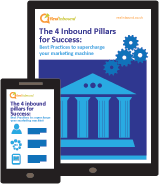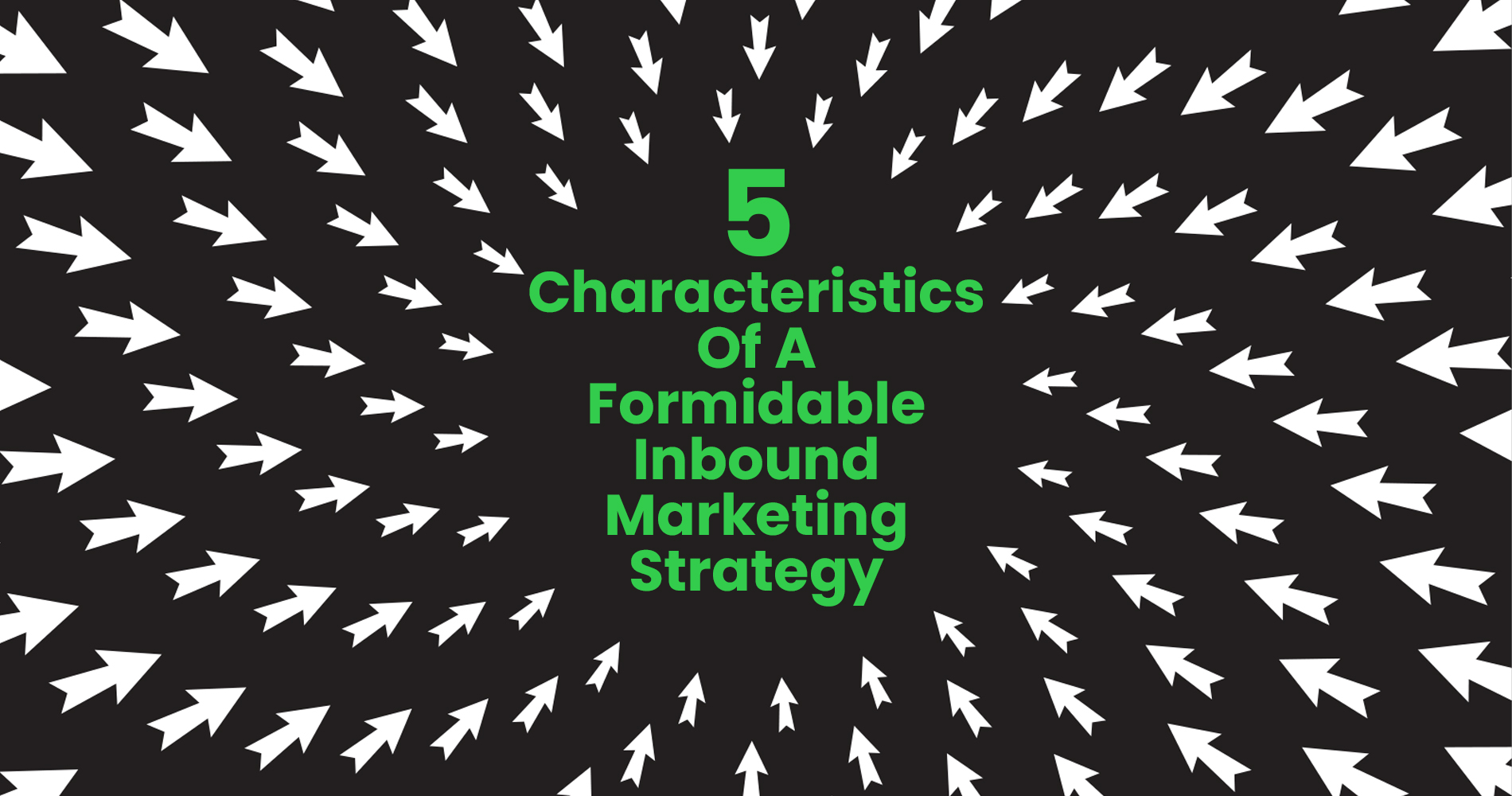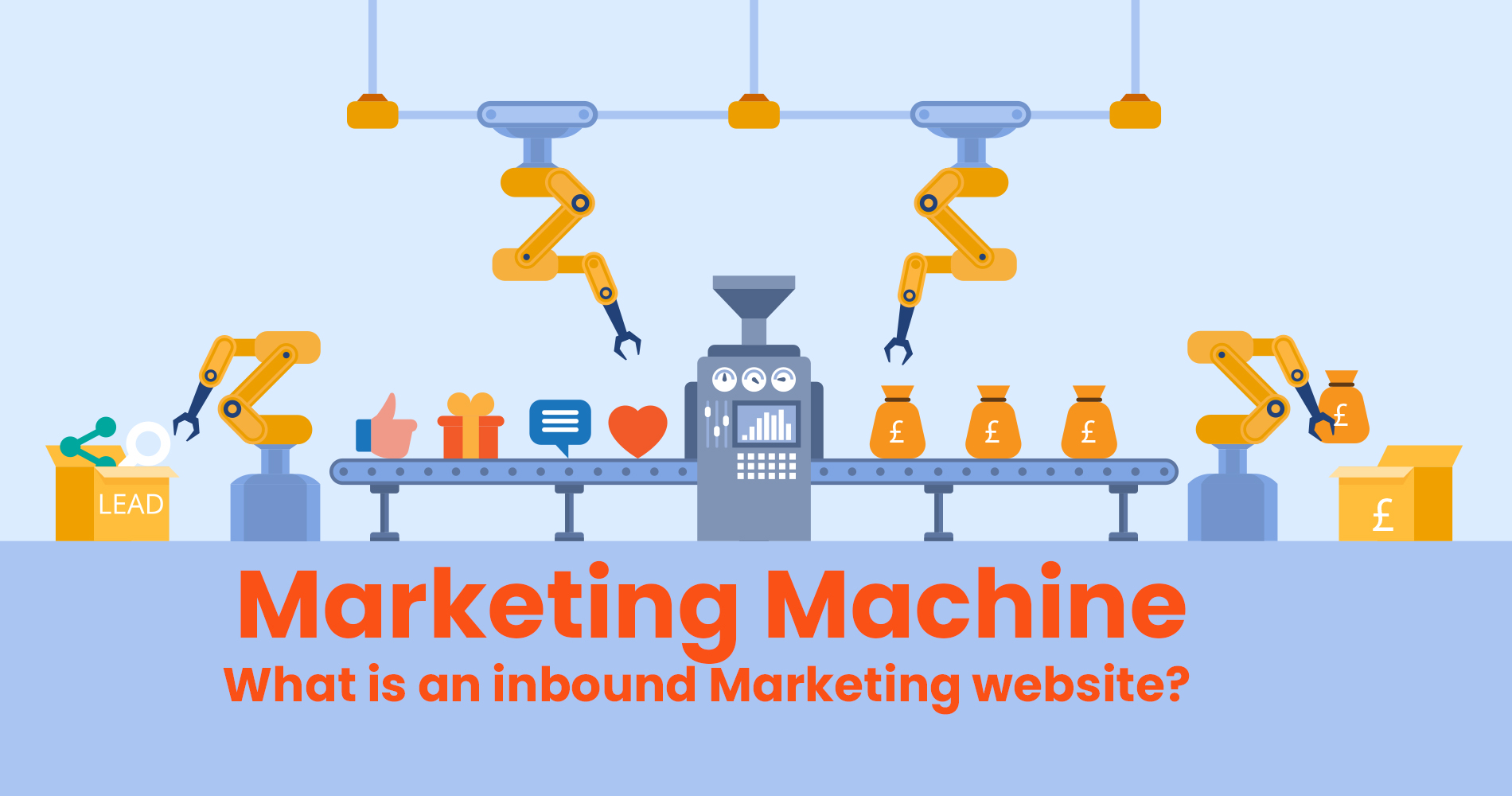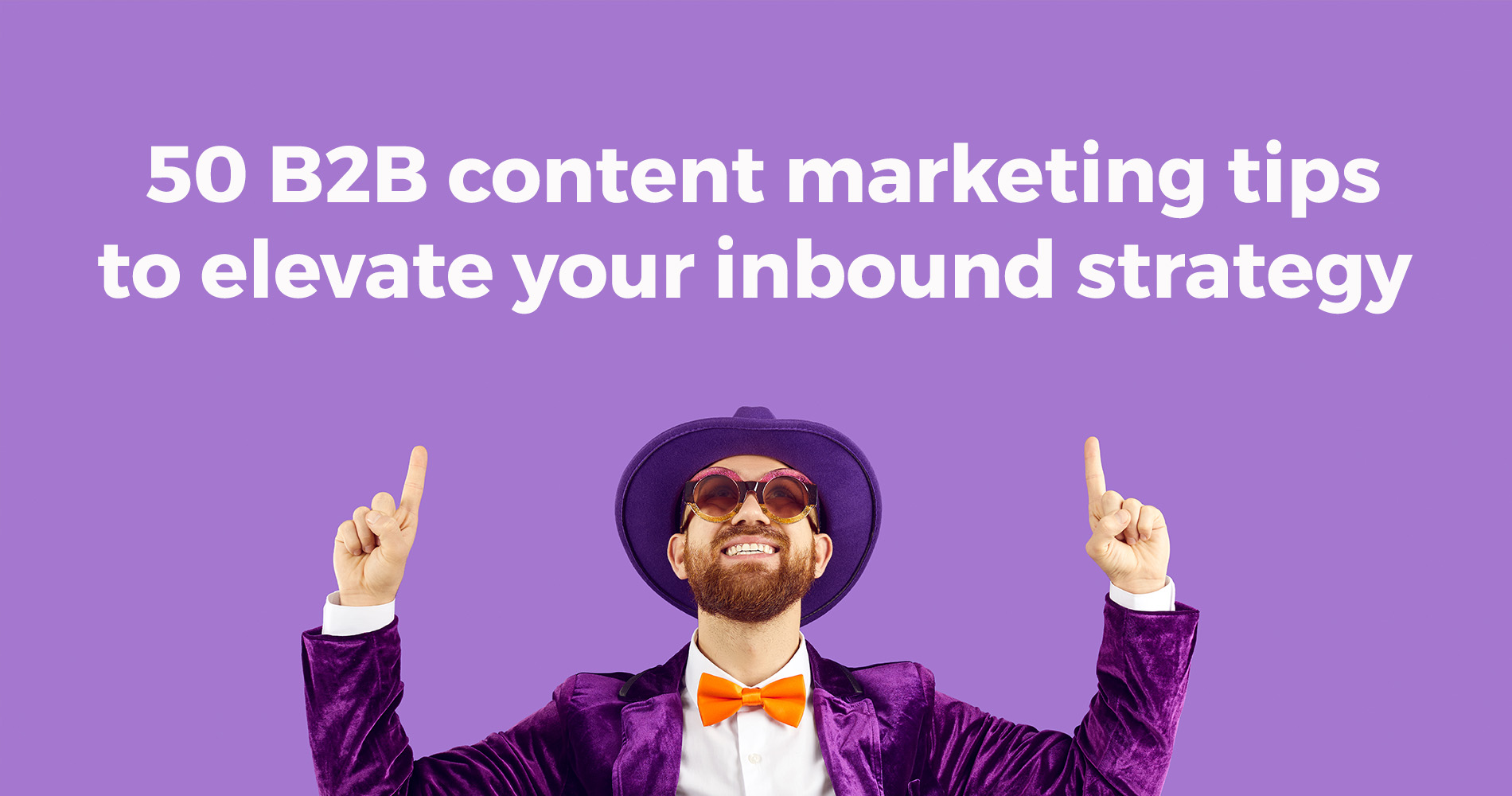Do you ever feel like you’re being watched? By marketers, of course! Or worse. How do you feel about cold calls or TV commercials in the middle of your favourite show? Is it your thing to be blasted with zero-targeted emails which you never signed up for? Unless it’s the Olympics, most marketing techniques tend to be frowned upon because they come off as spammy.
The ultimate goal of inbound marketing is to increase sales and conversions through high-quality, well-targeted content. A well-balanced inbound marketing strategy responds to the unique characteristics of your business and consumer's needs, which can help you become more efficient and effective over time.
However, a lot of businesses today still aren't sure if they should use it or not. That is, Incomprehensible. Because why would you not? By using inbound strategies, you can build a relationship with prospects naturally rather than aggressively pursuing them.
Are you ready to put your marketing strategy on autopilot? Are you ready to become an authority? If you are then read on. Here are the 5 characteristics of a formidable inbound marketing strategy.
1. SEO
If there is anything more confusing than cooking, it may be the art of search engine optimisation (SEO). You hear so much about optimisation systems and methods that you might think you’re trying to understand quantum physics and not improve your site. That said, SEO isn’t as complex as most people make it out to be.
On a basic level, SEO is figuring out how Google works and how it ranks your site in comparison to another one. To start off with this task you need keywords (or key phrases) and anchor texts (or hyperlinks on other sites which direct traffic back), on the page.
Try using the tool on Keyword Planner by Google. You can type any word or phrase into it to get an approximation of monthly searches on Google. To optimise your pages for SEO keep in mind words or phrases that are searched frequently also have higher competition so use them wisely!
2. PPC
PPC ads fall under the umbrella of a well-rounded inbound marketing strategy. Although PPC is a paid advertising method, it's still part of the inbound methodology because users come to your site by searching for something. On the other hand, display ads can't be made part of an Inbound strategy because they interrupt user behaviour rather than being included as an addition to a search query.
Inbound can be a powerful way to attract visitors, but many of the most successful digital marketing campaigns use a combination of inbound, organic marketing, and PPC advertising. Paid search sources are particularly valuable for people who have been trying to get on the first page of Google or other popular search engines.
So, PPC versus SEO: how do they differ? In paid advertising, you pay for placement rather than appear organically in search results. Isn't it better to just be organic than pay for placement? Let me explain why... through SEO:
- You have much less control over search results
- You can lose organic visibility when an algorithm changes
- You may not see immediate results (and they aren't guaranteed!)
Pay-per-click advertising allows you to bid on specific keywords to attract qualified visitors, or pay for top placements where your ads are more likely to be seen. You can control your budget in Google Adwords, pause ads at inopportune times, target mobile searchers, and measure ROI easily.
In conclusion, you must use both SEO and PPC to generate leads of the highest quality and quantity.
3. Content Marketing
Don't send out cocktail party invitations and forget the booze! The same goes for leads via digital channels. Warmly welcoming them in with paid search and/or SEO is only half the battle, you still want to keep them engaged and happy throughout their time on your website and continuing into any sales funnel stage that may follow. Don't neglect the role of content marketing in your overall strategy; it's directly related to lead conversion.
So, where do you start?
Content marketing is all about having outstanding content that stands out from the crowd. It has to be impressive enough to excel in the crowd so that it gets noticed.
Start by creating a blog:
It should come as no surprise that blogs can be a powerful marketing tool for businesses. The benefits of blogging include bringing in new visitors, gaining return visitors, and even convincing new leads. Blogs are a great way to keep readers informed and demonstrate your leadership in your industry.
Create downloadable guides, e-books, and other publications:
Creating long-form content that helps you sell your products or services more convincingly can encourage your leads to become paying customers.
Compile customer testimonials and case studies
Prospects further down the funnel can be convinced of the value of your business with a case study and customer testimonials. People will feel more trusting and more likely to convert when hearing from someone who shares their values.
Scheme a content calendar
Keep up with the publishing of fresh content regularly to make sure you don't fall behind.
4. Social Media
I’m willing to bet that you’ve put a lot of effort into creating exceptional content, which you’ve published on your site, and now you’re probably on the beach sipping a cold beer? Just don't get complacent. Even though writing an amazing piece of content is only a small part of the overall puzzle, it doesn't excuse you from doing any of the work!
Unless people are aware that your content exists then it's useless. I want to remind you that even if they are aware of it, they'll be unable to access it unless they're already interested in what you have to say - because making stuff available for free doesn't always mean gaining new readers. Just think about marketing 101: the marketing funnel. You've surely heard this before but it's one of those things you probably won't remember without being reminded... Once again - keep the funnel analogy in mind so as not to forget how important it is!
To gain even more traffic, make sure that your social media marketing plan reaches the right audiences, analyses your best-performing content, and promotes it.
5. Landing Pages
Your landing pages are an extremely important aspect of your business and one that you need to take seriously. No matter if the lead came from a free eBook offer or a landing page through paid search ads, when it comes to conversions, what they see on that landing page can either make or break the sale. There are plenty of things that you’ll want to keep in mind when revising any existing landing pages such as:
Make sure the content is relevant
The success of a landing page is determined by how closely the page relates to the call-to-action it is sending.
Concentrate your efforts
You want your landing page's purpose to be singular. That said, make sure that the CTA is not too small, it is dominant, and it is above the fold. Be sure that there is no navigation to other pages and keep the forms to a minimum.
Invest in the best design
A major part of keeping visitors engaged is to provide them with engaging content. To increase conversion rates, it is crucial to use video testimonials, trust signals, and videos on your landing page. You should also use A/B testing to test the effectiveness of your landing page designs.
In conclusion
 It doesn't matter if you're a startup, a small business or a large corporation, everybody is looking to get their hands on some great inbound marketing. Marketing is the act of getting the word out about your products and services to your potential customers. It's more than just advertising, it's about educating your customers.
It doesn't matter if you're a startup, a small business or a large corporation, everybody is looking to get their hands on some great inbound marketing. Marketing is the act of getting the word out about your products and services to your potential customers. It's more than just advertising, it's about educating your customers.





